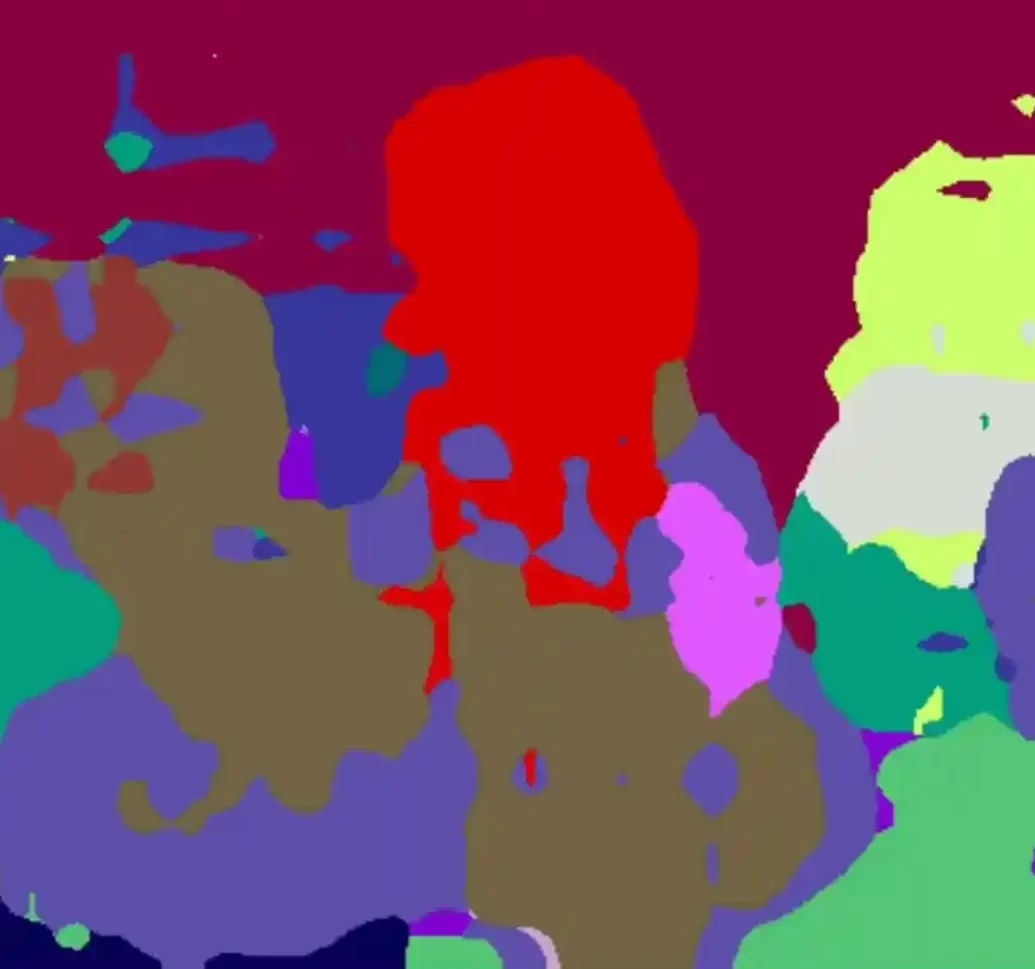Frankenstein’s Telephone is now an online Artificial Intelligence art exhibition. Visit www.frankensteinstelephone.com to view the works. Unfortunately the service provider has discontinued the older technologies in favor of newer systems. I will reprogram this work at a later date. The online project ran successfully from 2020 to 2023, Sponsored by the City of Melbourne Covid 19 Arts grants.

Conceptual piece
‘Frankenstein’s Telephone’ is a conceptual artwork created using artificial intelligence to examine how computer vision expresses gender classifications. Each of the images in the sequence are snapshots of that document how various neural networks have generated an image based on a prompt phrase. The steps taken to create the sequence are as follows:
- Select an image caption from the Broadly Gender Spectrum Collection.
- Enter the caption into ATTN GAN, a generative adversarial network that creates an image based on the caption.
- The image generated by ATTN GAN is then uploaded to DeepLab, an artificial intelligence algorithm that segments and classifies parts of an image as people and types of objects.
- The resulting abstract segmented and classified image is then fed to SPADE-COCO, a generative adversarial network that generates a new image based on the segmented labeled image.
- The resulting image is then fed to IM2TXT, a neural image caption generator. The final screenshot is the desaturated image with the resulting caption.
- REPEAT using the resulting caption until the caption no longer references a person or people.




Research discussion
Through this process, I want to consider how neural networks and machine vision deal with gender and how the design of these networks and technologies reflect the bias and perspective the humans who designed these artificial intelligence systems. All AI systems are trained using a dataset selected and curated by people and therefore reflect inherent bias. What is interesting is interrogating how the resulting AI responds to its training parameters and generates outputs that evolve and shift over time.
This work transforms the game ‘telephone’ into an AI version. Players pass on a message by whispering to their neighbor, who then conveys their version.
This corrupts and changes the original meaning in a humorous way. In ‘Frankenstein’s Telephone’, I am exploring the shifts pertaining to gender and personhood. The sequence of different AI systems reveals aspects of how AI classification works and, potentially, where bias occurs and which parts of the chain are weakest.
Red, assigned in DeepLab does not represent a gender. It simply stands for “person”. I believe that the simplicity of that classification category is what we should aspire to. These works reveal that the researchers responsible have intentionally programmed some of these AI systems to ascribe gender. The discomfiting images of computer generated humanity calls to mind the story of Frankenstein’s monster, a narrative that many queer people, especially transgender people, identify with. The real monsters are the people behind the scenes that unconsciously perpetuate bias. Humans create and label the datasets used in these works and humans are responsible for the gendering and misgendering that appears. The captions use gendered language written by humans and interpreted by machine. This is where the bias comes from, this is where the mistakes and misgendering occur. These machine generated conceptions of humanity, with their unexpected forms and eyes and mouths could be seen as modern monsters, but no less deserving of their label “person”.




Video
a screen recording of the interactive site in action
While more images are available on the website, this is a video slideshow of images in sequence.
Exhibition History
Frankenstein’s Telephone ran as an interactive project until 2023 and exhibited as part of Future Histories, And/Or and AI Perceptions of Gender and is still available in the virtual gallery space on Spatial.
